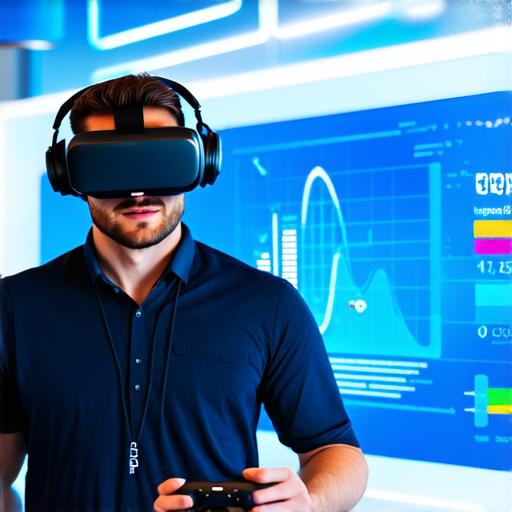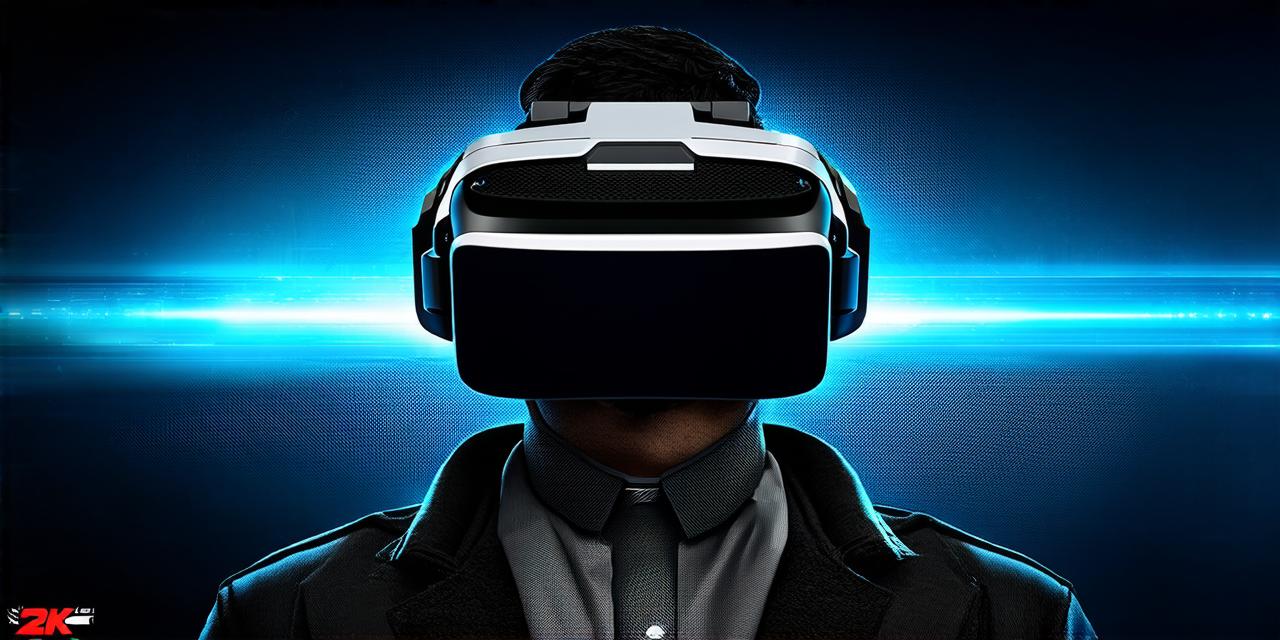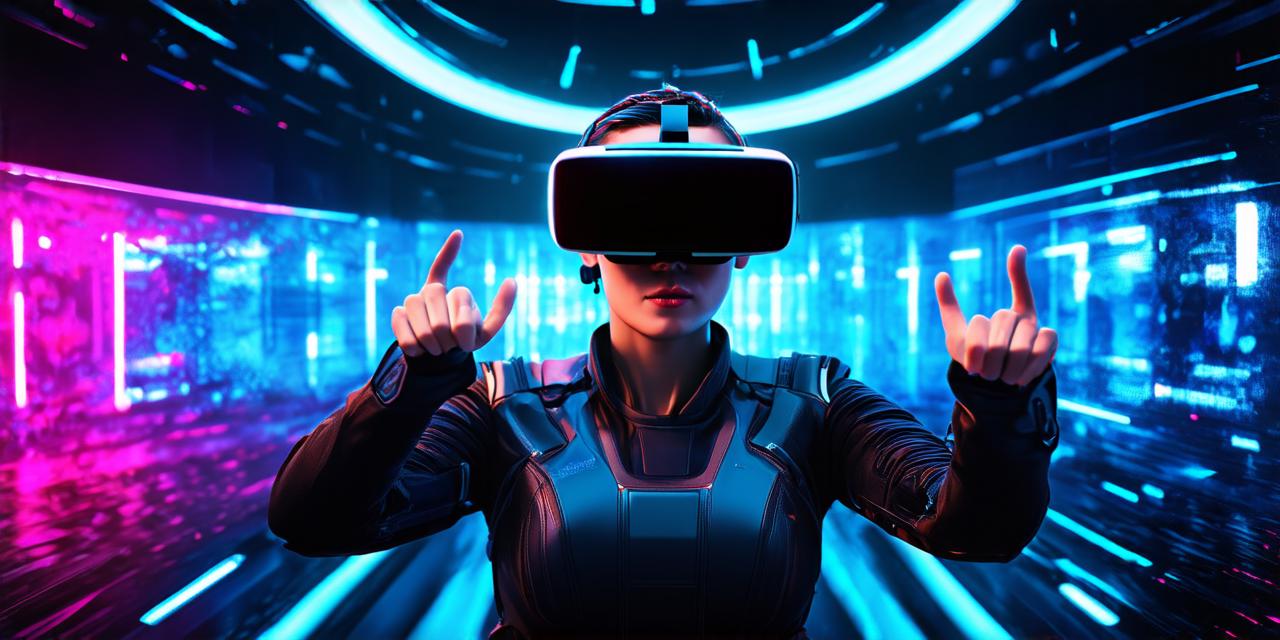Introduction
Virtual Reality (VR) is a revolutionary technology that immerses users in simulated environments. To create these immersive experiences, VR relies on various types of data.
1. 3D Models and Assets
– Geometric Data: The foundation of any VR environment is the geometric data that defines the shape, size, and position of objects within the virtual world. This data is typically represented as polygons or voxels.
2. Textures and Materials
– Image Data: Textures are applied to 3D models to give them visual detail. Image data can be in the form of photographs, scans, or artist-created images.
– Material Properties: The material properties of objects, such as reflectivity, transparency, and roughness, are also crucial for creating realistic virtual environments.
3. Motion Capture Data
– Human Motion Data: To create realistic avatars or to animate virtual characters, motion capture data is used. This data is collected by recording the movements of real people using specialized cameras or sensors.
4. Sensor Data
– User Input Data: VR systems collect data from user input devices like controllers, headsets, and gloves. This data helps the system understand the user’s intentions and actions within the virtual environment.
– Environmental Data: Sensors in VR headsets and controllers can also gather environmental data, such as the user’s location, orientation, and movement.

5. User Profiles and Preferences
– User Profile Data: To personalize the VR experience, systems store user profile data, including preferences for settings like display resolution, comfort level, and preferred language.
– Behavioral Data: Over time, systems can collect data on a user’s behavior within the virtual environment, such as favorite activities or common navigation paths, to further tailor the experience.
6. Spatial Mapping and Localization Data
– Environmental Mapping Data: To create accurate virtual environments that interact with real-world objects, spatial mapping data is used. This data can be gathered using depth sensors or other technologies.
– Localization Data: To maintain the user’s position within the virtual environment, localization data is essential. This data helps the system understand where the user is in relation to the virtual world.
Summary
In conclusion, virtual reality systems utilize a wide variety of data types to create immersive and interactive experiences. From geometric models and textures to motion capture data and user preferences, each type of data plays a crucial role in the VR ecosystem. As VR technology continues to evolve, so too will the types and amounts of data required to deliver compelling virtual experiences.



